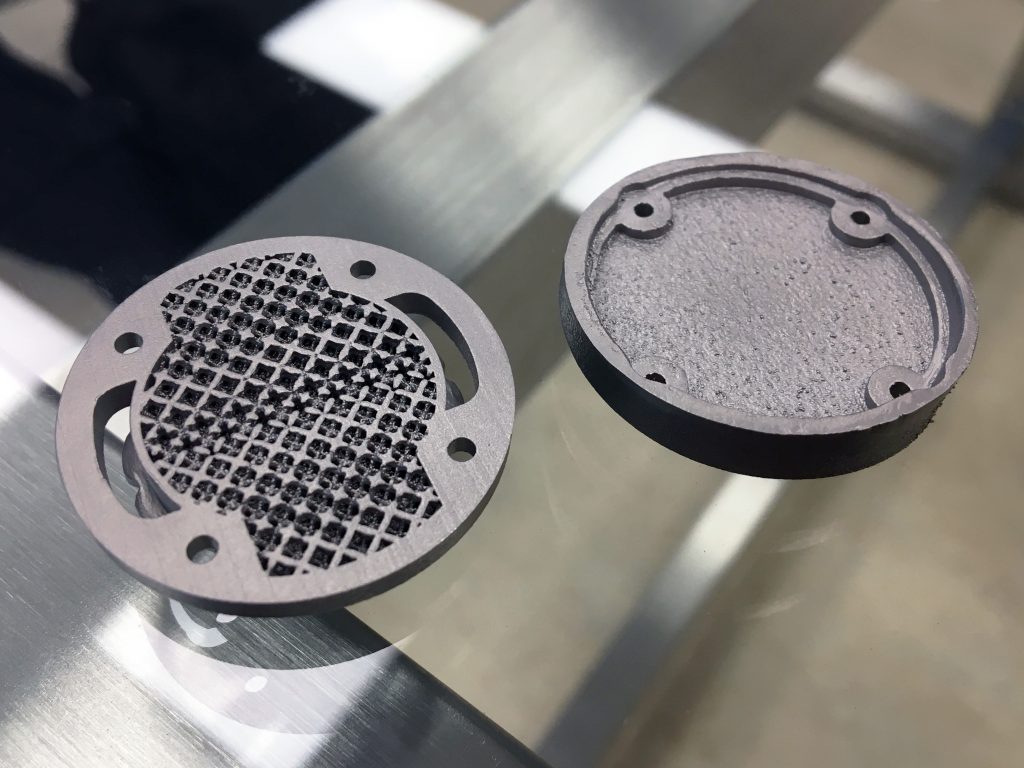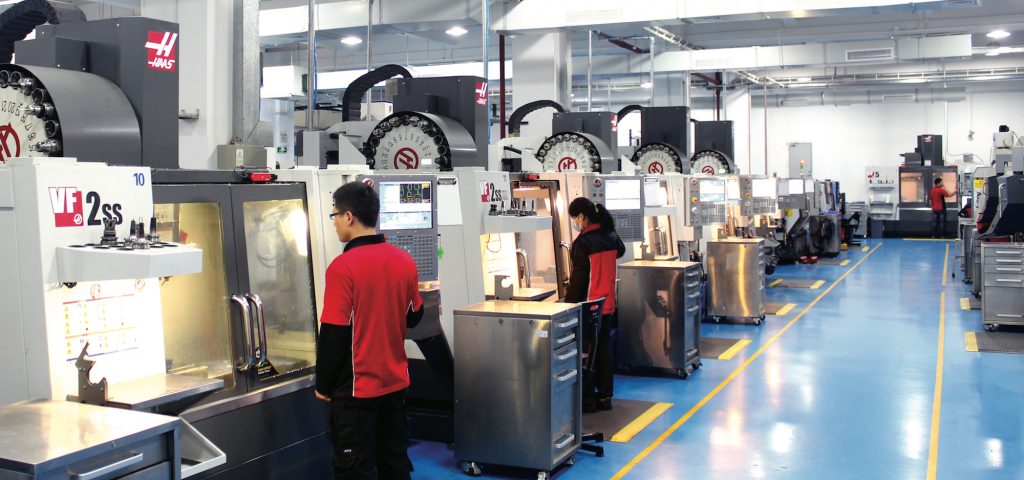Gordon Styles is a true industry veteran. Having transformed a manufacturing company into one of the UK’s leading 3D Printing service bureaus Gordon sold the company in 2000. That move would have already made him a very experienced 3D printing executive who was manufacturing using 3D printing years before most had even heard of the technology. He more than cemented his status however when he dropped everything and moved to Hong Kong to start Star Rapid. That company later relocated to Zhongshan and there grew to be a 3D printing and CNC service that now employs over 300 people. One of the very first in the country Gordon grew his business in China and now is increasingly serving the world from there. Star Rapid has injection molding, CNC, metal printing, vacuum casting, assembly services and a range of 3D printing technologies in-house. The company makes painstakingly hand-painted prototypes, series of a few hundred housings or tens of thousands of parts for customers all over the world. We interviewed Gordon to talk about metal printing and what it is like to work in China.

Rapid prototyping and prototype manufacturing.
For what applications do I choose what metal 3D printing technology?
Metal 3D printing is ideal for products or parts that need to be high-strength yet low-weight. This is the reason the technology has become so popular within the aviation, aerospace, automotive and medical sectors. Metal 3D printing is also an option if a design is so complex that it cannot be manufactured using any other process. However, it should not be viewed as a “rescue process” for poor designs as 3D CAD models have to meet specific design criteria for a successful build.
It’s important for a designer to work closely with a design engineer to first identify if metal 3D printing is the ideal manufacturing process for that part. Metal 3D printing requires very precise design considerations that differ greatly from plastic 3D printing. Also, it would be a mistake to think a part designed for CNC machining could be “run through” a metal 3D printer. Often, if a part can be designed using another process such as CNC machining, then that process should be utilized as it is more cost-effective.
Why is metal 3D printing so difficult?
Metal 3D printing uses a high-powered laser to melt and fuse successive layers of powdered metal into three-dimensional solid parts. While there are many advantages to using this process, such as building more complex and feature-rich components, it can be a difficult process overall. Designing for metal 3D printing requires very specific requirements when it comes to gaps, holes, part orientation, supports and more.
Another challenge can be the actual print time. The longer it takes to print a metal part, the more likely it is to fail. Long print times create more internal stress due to repeated heating and cooling that occurs during the metal 3D printing process. Longer prints with larger volumes run the risk of distorting and internal stresses cannot be relieved during metal 3D printing.
Understanding how to design for this process is key to creating a perfect part the first time. However, the technology is still relatively new so the design-for-manufacturing knowledge needed hasn’t yet become widespread and commonplace among the design and engineering communities. With more interest and training on metal 3D printing, the process will become less difficult over time.

How can I in advance see if my part will work in metal?
There are some software platforms available that can help simulate if a part can be metal 3D printed. However, it is important to have an open line of communication with your manufacturer. At Star Rapid, we work closely with prospective and existing customers to determine the design considerations that will help ensure a part doesn’t fail when it is being built. Given the expertise of our engineers, we can also help customers easily move from prototyping to new product introduction, then low-volume production.

You’ve operated service bureaus in China and the UK, what are the differences?
When starting a business in China, it was always a top priority to build a culture based around quality. As such, today we have a large portion of our employee base dedicated to quality control and quality assurance. This department utilizes the latest high-tech technologies to ensure materials coming into our shop and leaving our shop are of the highest quality. Positive material identification is taken very seriously; we have a FARO laser scanner, Zeiss Comet LED3 2 optical scanner and a Nikon CMM. Other tools we use include an optical emissions spectrometer and X-ray fluorescence gun, both are used to test metals coming into the factory. For plastics, we have a PolyMax hand-held analyzer.
Another difference is that, now, China is doing a lot more than the UK to support small to medium sized companies, as well as investing in initiatives aimed at upgrading its manufacturing and design sectors. The Made in China 2025 initiative is one such example, with the goal of making manufacturing more high-tech and move it up the value-added manufacturing chain by firmly latching onto the concept of Industry 4.0.

Are you thinking of using clusters of desktop machines in your service bureau for polymers?
At Star Rapid, we would never use FDM as a solution, so that excludes most of the desktop printers. Currently, we are looking at MarkForged for making inserts for silicone tools for vacuum casting. Outside of the MarkForded printers, we don’t have any plans for desktop printers.
Of the new 3D printing technologies which one are you the most excited by?
Carbon 3D is really exciting because it really has hit a price level that allows for structurally sound PU parts in low volume production.
Subscribe to Our Email Newsletter
Stay up-to-date on all the latest news from the 3D printing industry and receive information and offers from third party vendors.
Print Services
Upload your 3D Models and get them printed quickly and efficiently.
You May Also Like
The Dental Additive Manufacturing Market Could Nearly Double by 2033, According to AM Research
According to an AM Research report from 2024, the medical device industry, specifically in dentistry, prosthetics, and audiology, is expected to see significant growth as these segments continue to benefit from...
Heating Up: 3D Systems’ Scott Green Discusses 3D Printing’s Potential in the Data Center Industry
The relentless rise of NVIDIA, the steadily increasing pledges of major private and public investments in national infrastructure projects around the world, and the general cultural obsession with AI have...
AM Research Webinar Explores Continuum’s Sustainable Metal Additive Manufacturing Powders
Metal additive manufacturing (AM) powder supplier Continuum Powders is working to develop solutions that empower industries to reduce waste and optimize their resources. An independent life cycle assessment (LCA) of...
3D Printed Footwear Startup Koobz Lands $7.2M in Seed Round
California-based Koobz is focused on reshoring the U.S. footwear supply chain with advanced manufacturing processes, including 3D printing. The startup just announced that it has added $6 million to its...
































